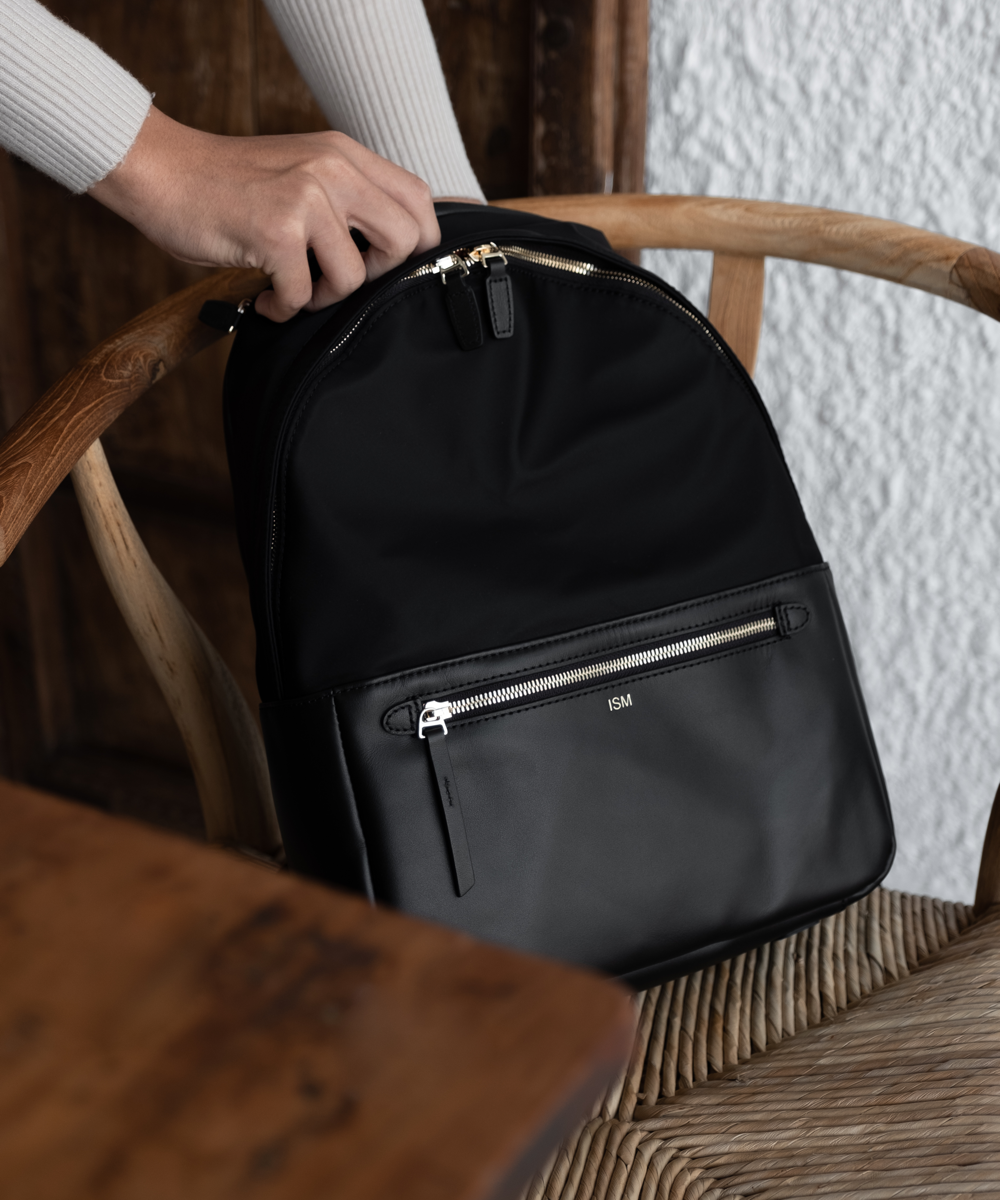
We’ve all been there. The feeling when you pack that extra sweater just in case. The book you could have sworn you packed for your trip but is somehow missing right when you need it.
As commuters, travelers, and bag carriers, the items that we pack in our bags are the things that get us through the day. Overpacking or underpacking is often times the name of the game. We struggle to prioritize effectively and as a result, often end up packing everything but the kitchen sink knowing full well we won’t use most of it.
But why do we overpack or under pack? And how can we best manage our own psychology when packing for the day?
For starters, we can take a page from an astronaut.
Packing for Space Travel
When you’re planning a trip into space, ruthless prioritization is a must. Each cosmonaut can only take up to 1kg (~2.2 lbs) of personal items. [1] With limited space, there’s no margin for error. Unlike earth, there’s no convenience store at the International Space Station.
Packs for astronauts are constrained by size. They average roughly 2 feet wide, by 2 feet long, and 4 inches thick. [2] To best prepare for the unknowns of space, the packing crew goes through a rigorous process of checklists. Every bit of space is maximized and accounted for ahead of time:
When the astronauts are practicing their flight plans during the terminal countdown demonstration test at Kennedy a few weeks before launch, Mann has to make sure the seats, communication equipment and cables are onboard for the mock launch countdown. After the conclusion of the test, this all has to be destowed, repacked and readied for the actual launch. [3]
Use Segmented Checklists
Similar to astronauts, pilots also go through a series of checklists before takeoff. Even though it’s a routine that has been done thousands of times, the checklist process prevents avoidable failures. Studies have shown that the pilots who perform routine checklists prior to and after takeoff have lower rates of accidents.
Part of what makes the checklist so efficient is how it’s broken up in what is known as a segmented checklist. A segmented checklist compared to a regular checklist is broken down into specific, relevant pieces. Each part is meant to be completed after the other.
When packing for a work day or trip, a way to segment your packing list could be by a type of activity, like “Meeting Items” or “Day 3 Agenda.” By limiting the checklist to the items that are only relevant to a specific type of activity or day, you’ll be able to focus on only the absolute essentials. It’s also helpful to use a segmented checklist in both a physical form (pen and paper) as well as a mental one. Reciting the items you’re bringing before you head out the door can provide an added peace of mind.
The Case of Wheeled Luggage
The invention of luggage that could be wheeled instead of hand-carried was designed with convenience in mind. Rolling your items is easier to travel with than carrying them. For the chronic over-packer in us, this kind of false security can also lead you to fill up your suitcase with heavier items that you may not need. [6]
Naturally, we tend to pack our bags in anticipation of what we feel we might need. There’s a certain type of comfort in feeling prepared for both the expected and unexpected. The less that’s known about the destination, the more items we pack as a sort of insurance policy. This type of forward-thinking is especially common for women that use one bag for their entire day, or when packing for small children. The fear of not having something when you need it overweighs the downside of overstuffing a bag that’s heavy to carry.
Overthinking is rooted in uncertainty and indecisiveness. [7] We feel vulnerable about the future and things we can’t predict so we run through the worst-case scenarios in our head. When traveling someplace new or starting an unknown routine, the fear of the unknown that can trigger an anxiety flex. Overpacking is oftentimes the antidote.
Apply Constraints
One way to combat this anxiety is to apply constraints ahead of time. The same way that astronauts have a fixed limit to the weight and volume of the items they can bring – to the extent where they wear the same shirt 10 days in a row. While this might not be the best move for your next conference, it can help to set yourself constraints to the number of items that you have to bring.
Identify the Essentials, Eliminate the Rest
Similar to how wheeled luggage can unconsciously drive us to pack more, bags that are designed with endless pockets and zippers can have the same effect. A backpack with an overwhelming amount of pockets for organizing can encourage you to pack additional items you otherwise might not have packed.
It’s why with the ISM backpack, we focused on the essentials. Every pocket or zipper that we have is meant to hold only what is absolutely needed for a work or day trip.
An uncluttered simplicity means cutting back on trivial distractions, both material and non-material, and focusing on the essentials – whatever those may be for each of our unique lives.
